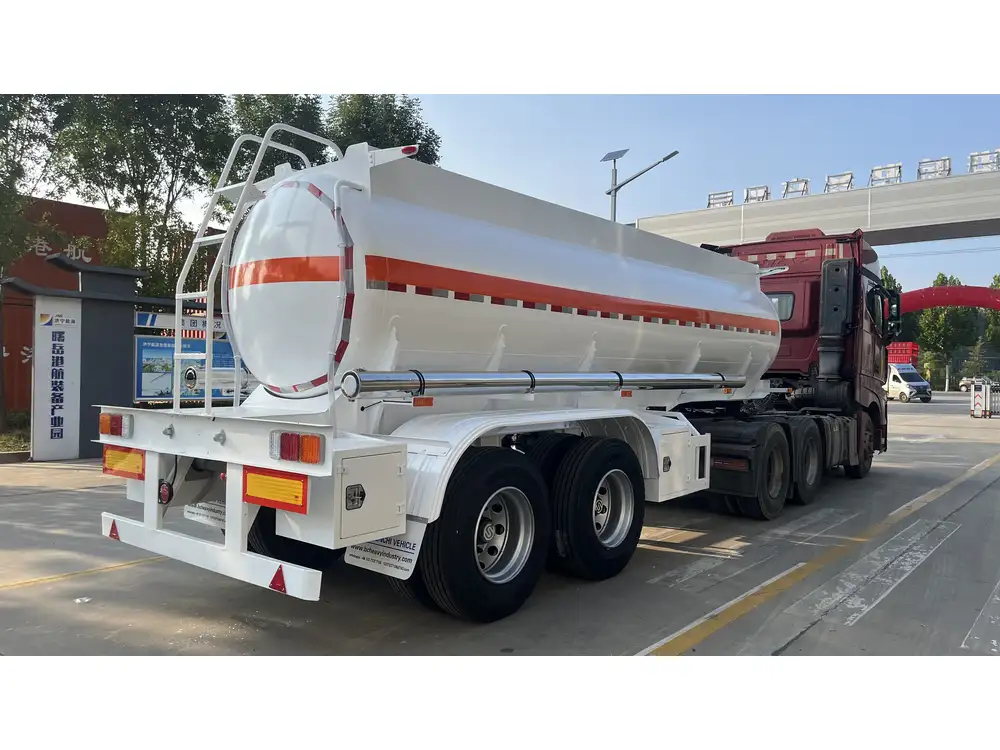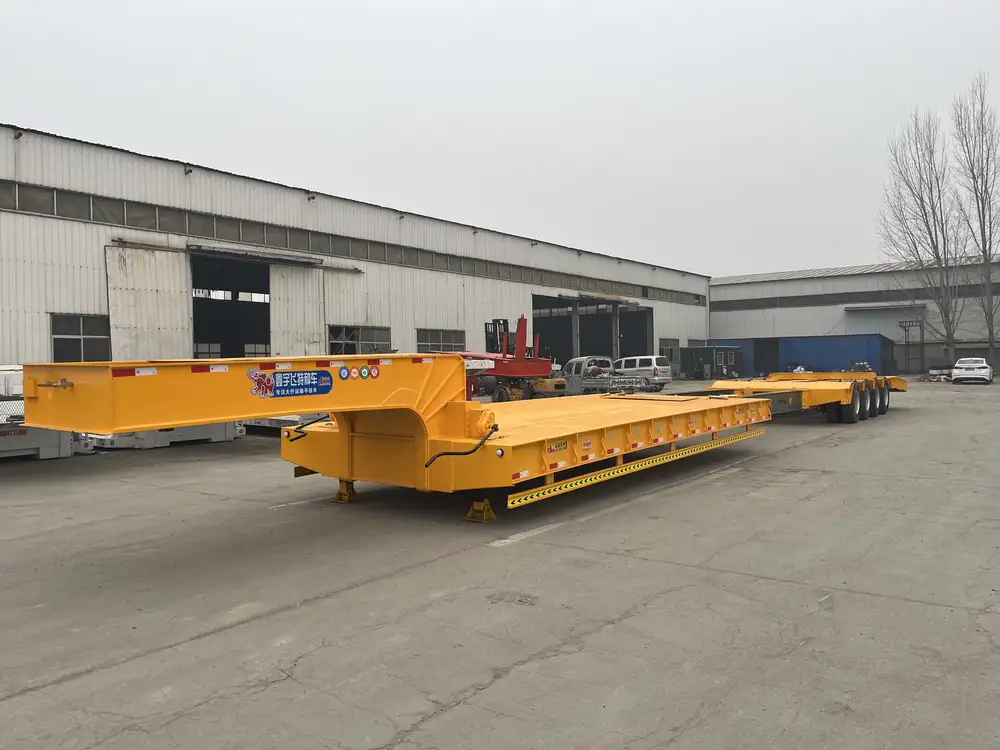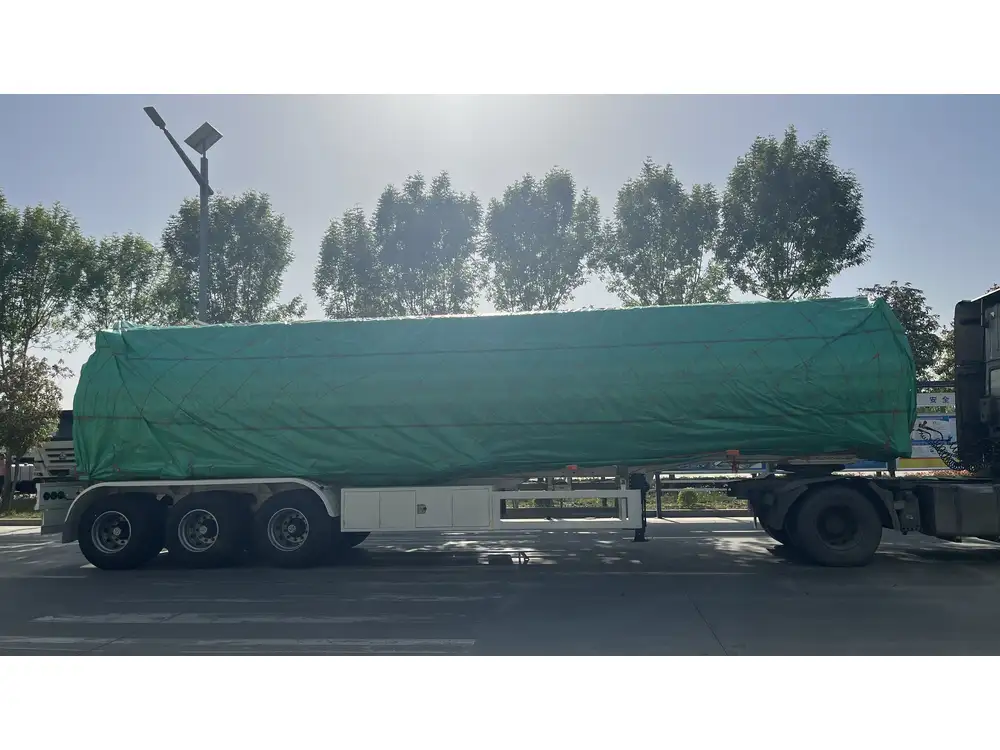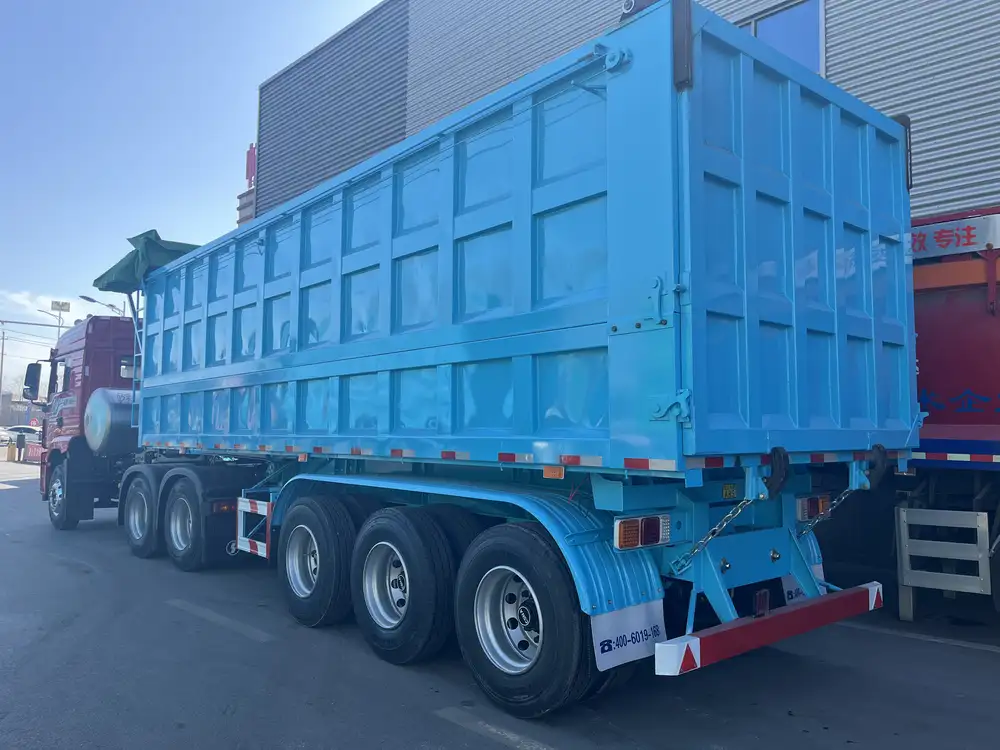When it comes to transporting bulk materials efficiently, walking floor semi trailers stand out as one of the most versatile and innovative transportation solutions available in the freight industry. With their unique loading and unloading systems, they provide a distinct advantage in terms of efficiency and productivity. However, one critical question often arises among operators and logistics managers: How many cubic yards can a walking floor semi trailer hold? This article delves deeply into various factors that influence the capacity of these trailers and provides a thorough understanding of their specifications.
What is a Walking Floor Semi Trailer?
A walking floor semi trailer is equipped with a conveyor system that allows the cargo to be unloaded without requiring a tipping mechanism. This design is particularly advantageous for transporting a wide range of bulk materials, from agricultural products to construction debris.
Key Features of Walking Floor Semi Trailers
| Feature | Description |
|---|---|
| Loading Mechanism | Utilizes a floor system that moves material forward for easy unloading. |
| Versatility | Suitable for diverse materials including wood chips, mulch, and aggregates. |
| Enhanced Safety | Lower center of gravity reduces tipping risk during transport. |
| Reduced Downtime | Quick unloading minimizes wait times at delivery points. |

Capacity Measurement: How Many Cubic Yards?
Determining the capacity of a walking floor semi trailer involves multiple considerations. The cubic yard measurement hinges on several factors, including trailer size, design, and intended load type. Typically, most walking floor semi trailers range from 26 to 53 feet in length, with varying widths and heights.
Standard Dimensions of Walking Floor Trailers
| Size (feet) | Approximate Capacity (cubic yards) |
|---|---|
| 26 | 23 |
| 30 | 27 |
| 40 | 36 |
| 48 | 45 |
| 53 | 54 |
Calculating Cubic Yard Capacity
The simplest formula to calculate cubic yards involves multiplying the trailer’s dimensions in feet:
[ \text{Cubic Yards} = \frac{\text{Length} \times \text{Width} \times \text{Height}}{27} ]Using the formula, let’s consider the example of a 53-foot walking floor trailer with a width of 8.5 feet and a height of 13.5 feet:
[ \text{Cubic Yards} = \frac{53 \times 8.5 \times 13.5}{27} \approx 54 \text{ cubic yards} ]This calculation provides a general benchmark, but actual capacity may vary based on the load’s density and how it’s loaded.

Factors Influencing Capacity
1. Load Type
Different materials have varying densities, which significantly impacts how much can be loaded. For example:
- Lightweight Materials (e.g., wood chips) allow for higher cubic yardage.
- Heavy Materials (e.g., gravel) may require reduced bulk volume to comply with weight limits.
2. Regulatory Limits
Most states have specific weight restrictions that vary based on the state’s laws. In general, the maximum load for a semi-trailer is 80,000 pounds, including the weight of the trailer. Understanding these regulations is crucial in ensuring compliance and preventing costly fines.
| State | Max Weight (lbs) |
|---|---|
| California | 80,000 |
| Texas | 80,000 |
| Florida | 80,000 |
| New York | 80,000 |

3. Trailer Configuration
The overall configuration of the trailer also plays a significant role. Walking floor semi trailers come in various designs, including double-deck models that increase cubic yard capacity.
Efficient Loading Techniques
Turbo Charge Your Capacity
To maximize hauling efficiency, implement the following strategies:
- Layering: Arrange materials in layers to optimize space.
- Compaction: Use equipment to compress lighter materials and increase density.
- Sealing Gaps: Ensure the trailer is filled properly to eliminate wasted space.

Unloading Efficiency
One of the primary advantages of a walking floor trailer is its unloading capability. The walking floor system allows material to be moved forward without tilting, which minimizes spills and reduces the time spent unloading – a critical aspect of maximizing operational efficiency.
Practical Considerations for Operators
Real-Time Monitoring
Utilize telemetry systems that allow operators to monitor load weights in real time. This technology can help prevent overloads and ensure compliance with legal weight limits.

Maintenance and Care
Regular maintenance of the walking floor system is essential to ensure optimal performance. Keeping moving parts well-lubricated and inspecting for wear can help avoid downtime and costly repairs.
| Maintenance Task | Frequency |
|---|---|
| Inspect moving parts | Monthly |
| Check hydraulic fluid levels | Quarterly |
| Clean undercarriage | Biweekly |
| Verify load capacity | Before use |
Enhancing User Experience: FAQs
How can I determine the exact capacity for different types of loads?
To determine the exact capacity for a specific load, consult the material density chart and perform precise weight calculations using the cubic yard formula while considering the total weight limits of your vehicle.

Are there different types of walking floor systems?
Yes, walking floor systems may vary by manufacturer, with some featuring advanced features like remote control systems or integrated scales to help improve efficiency.
Can walking floor trailers be customized?
Many manufacturers offer customization options, including size adjustments, unique cargo systems, or additional features tailored to specific loading and unloading applications.
What is the typical lifespan of a walking floor semi trailer?
A well-maintained walking floor semi trailer can last between 10 to 20 years, depending on usage, care, and the environmental conditions it is exposed to.

Conclusion
Walking floor semi trailers represent a pinnacle of innovation in transport logistics. Their unique capacity to manage bulk materials underlines their importance in various industries. By understanding how many cubic yards these trailers can hold and the intricacies involved in determining capacity, operators can make informed transportation decisions that optimize efficiency and compliance. Knowing the right metrics, maintaining the equipment, and adopting efficient loading and unloading techniques play pivotal roles in ensuring that businesses can maximize their productivity while minimizing operational costs.
Understanding the nuances of walking floor semi trailers not only helps in selecting the right model for your needs but also boosts your capability to handle logistical challenges effectively. In a world where time and resources are invaluable, mastering these aspects allows for an enhanced competitive edge in freight management.



